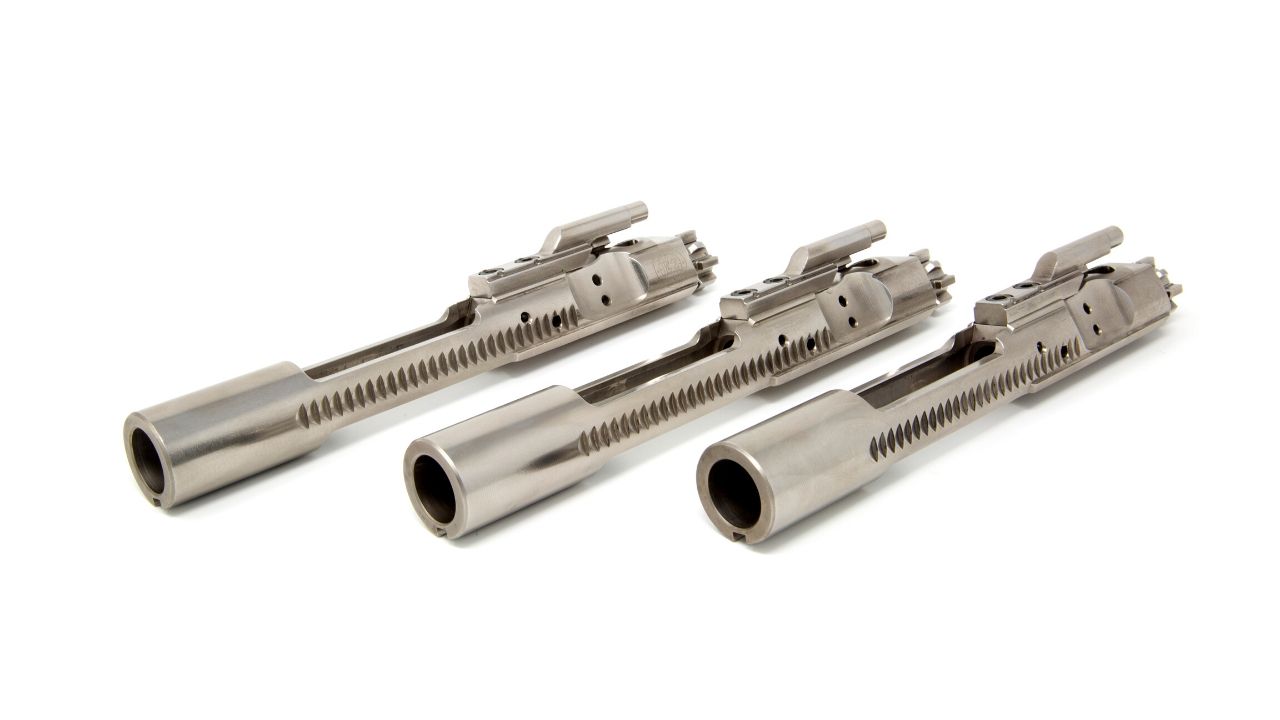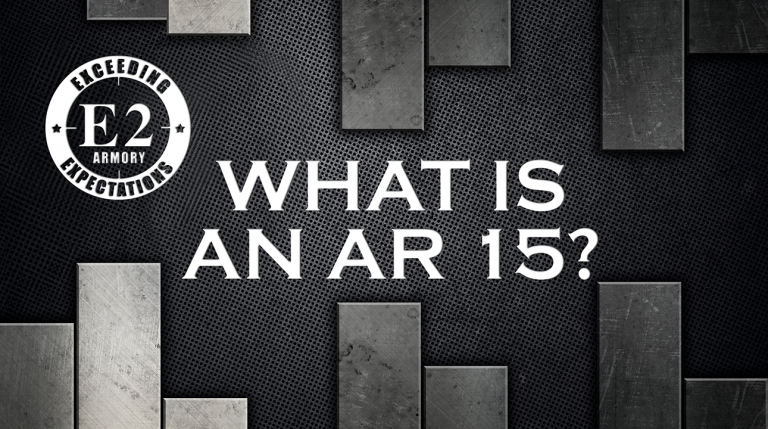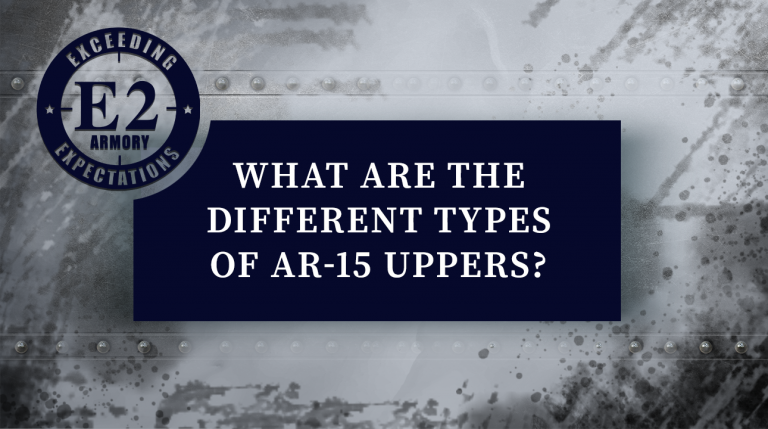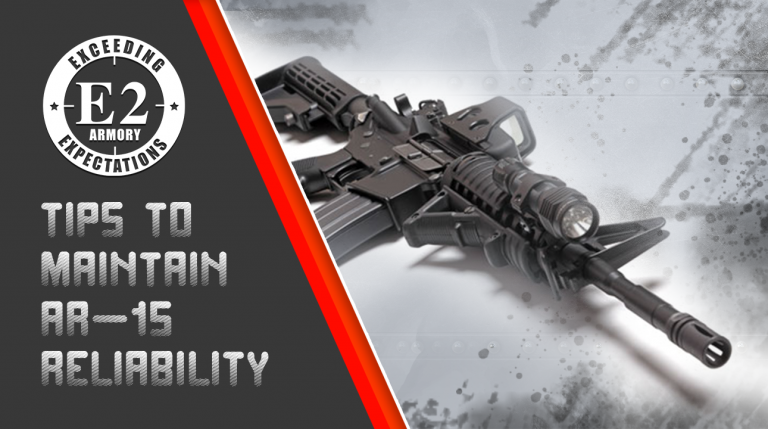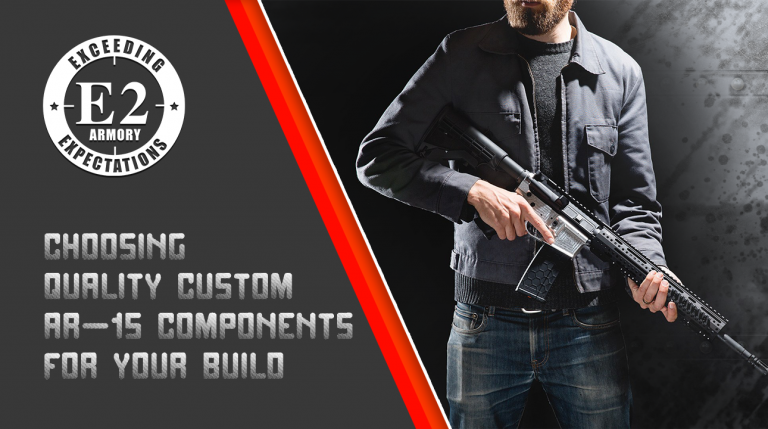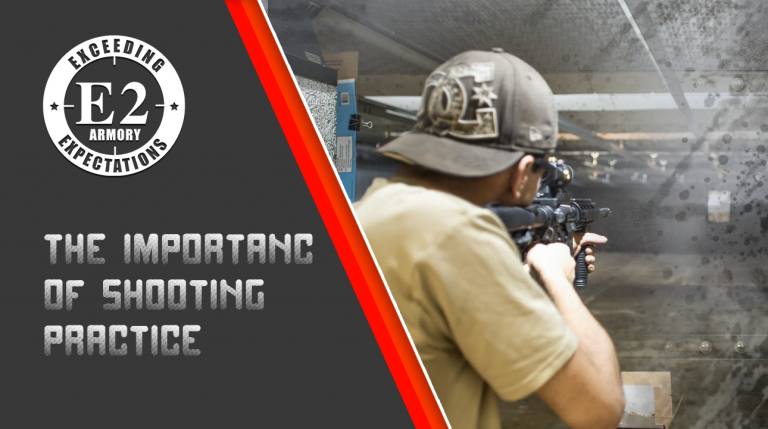Bolt Carrier Group Coatings
Looking into upgrading or building an AR platform? Chances are you’ve seen all the coating options available for bolt carrier groups. There are many different coatings out there and, in this post, we’re going to cover the most common and most relevant.
Ready? Good – let’s get started!
Phosphating
Let’s start with the oldest and most relevant coating of them all: phosphating. Phosphating is a fancy word for parkerizing and most, if not all, of your bolt carrier groups are going to use manganese phosphating.
There are three main types of phosphating, but we won’t get into all of that today as they’re not all used for this. The Mil-Spec finish on a BCG is, indeed, manganese phosphate.
And, yes, you’ve almost definitely seen this finish before! It’s the same finish found on most standard mil-spec steel AR parts (including barrel, trigger, bolt catch, etc).
This isn’t the same finish on your grandpappy’s M1 carbine, although it certainly looks the same. The WWII phosphate used was a zinc phosphate, due to most of the world’s magnesium being in North Africa, which wasn’t easy to get due to Nazi occupation. Phosphated steel has a slightly rough, porous surface, which is excellent at holding oil.
If taken care of properly, this finish will resist rust and stay relatively slick. “If taken care of properly” is an important note: the downside to this finish is that it requires more maintenance than other more modern finishes. The inside is chrome lined, per mil-spec requirements, with a tough, slick finish that works excellently against heat and friction.
If you come across a phosphated BCG that isn’t chrome-lined, run, dont walk away!
Chrome and Nickel
Moving down the line, we’re going to go ahead and group chrome and nickel coatings together. These are both physical coatings applied to steel and with minimal thickness. How minimal? Roughly 20 microns for chrome and 10 microns for nickel boron. A micron is roughly .00004”, so thickness isn’t really an issue.
What about hardness? You may have heard that these are harder and slicker than standard phosphate coating. But by how much, exactly? For that, we’re going to be referring to the Rockwell C scale (HRC). The standard heat treated 8620 steel of a phosphate bolt carrier is going to measure around 60 HRC (aka: pretty hard!)
Chrome will be 66-70 HRC, NiB (Nickel Boron), which is in the high 70s. To put that into perspective, most metal-cutting files are going to be in the 60s, with some high-end files getting into the low 70s. So, now that we’ve established these finishes are hard, much harder than 416R stainless steel barrels at around 30 to 40 HRC, what’s so great about all that?
Well, for starters, the harder parts are going to wear at a slower rate and be impervious to dirt and carbon buildup. These are common factors contributing to the overall wear of your firearm.
These finishes are also slick and non-porous, which makes them much easier to clean. Sounds great, right? It is, but these features come at a price. A literal price. These processes are much more expensive and can also be much more complicated. If not done correctly or subjected to excessive force, the finish can flake or chip.
Nitride Coating
If you’ve heard of Nitride Coating, before, you may also have heard of melonite, QPQ, tenifer, isonite, etc. The differences are minor tweaks in the process that give essentially the same end result.
A great thing about this process is that it actually hardens the steel under the surface as well as the actual surface. So there is less chance of the finish flaking off. When the surface appears worn, it’s still just as hard.
How hard? About 64 HRC, minimum, with virtually no added thickness, which makes it great for barrels! Nitriding is also a slick, nonporous finish, making it just as easy to clean as NiB or polished chrome. The best part is that it’s relatively inexpensive to apply when done in bulk, so you can pick these up for almost the same price as a phosphate BCG (and sometimes cheaper).
Titanium Nitride
Last but, most certainly, not least, we have Titanium Nitride (TiN). Although it’s all right there in the name, this process is different than standard nitride.
Standard nitride is commonly applied via a salt bath. TiN, meanwhile, is applied through a process called Physical Vapor Deposition (PVD). For all you science guys reading: in this process, pure titanium is sublimed and reacted with nitrogen in a high-energy vacuum environment.
If that sounded high-tech and expensive, that’s because it is, but the end result is well worth it. What makes it so much better? For starters, the finish is a cosmetically pleasing gold color that you can find in matte or high polish.
Even better, it comes in around 85 HRC and goes on at about 1 to 5 microns thick. The finish is embedded in the steel so, again, when it appears worn, it’s still just as hard and slick as ever and will not chip or flake.
By this stage, I’m sure you’re not surprised this finish is not porous when polished, and is the slickest of them all. It’s also worth mentioning another finish can absolutely be grouped with TiN. DLC (Diamond Like Carbon) is also applied via the PVD process and shares most of the same finished properties as TiN, except in a glossy black finish.
Bolt Carrier Groups: The Final Word
When you select your BCG, remember that it is the heart of the firearm. It is a component you’d never want to compromise on just to save a few bucks.
The measurements and hardness ratings discussed here may vary slightly from manufacturer to manufacturer.
We’ve discussed many different finishes, today, from phosphate to TiN/DLC. This is not to discredit the older phosphate BCG, which is still a great option (and the current MIL-SPEC finish for good reason).
As long as you are buying a quality brand BCG that is made from quality tested steel, you on the right track. Quality components are just as important as the quality of the finish.
Interested in high-end bolt carrier groups, lowers, uppers, and firearm accessories? Looking for quality workmanship a cut above the rest? Visit E2 Armory, today, to find out more!
Related Tag: ar 15 bolt carrier group


